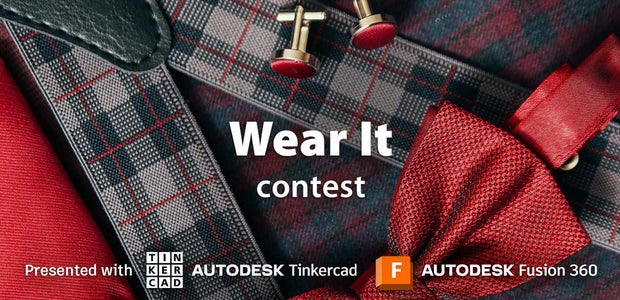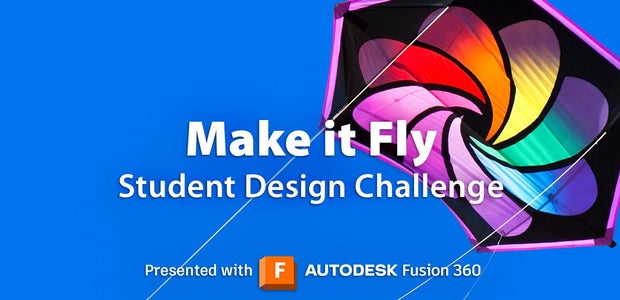Introduction: Bring Back to Life Your Old Headphones
today we gonna fix and glow up a dj headphones, damaged by time and weather.
these are my old dj headphones, the time hasn't been kind...
Supplies
- Damaged Headphones
- Foam
- Leather
- Cloth
- Scissors
- Contact Cement
- Pencil & Marker
- Rubber Bands
- Knife or X-acto
- Tracing Paper
- Plasti Dip (OPTIONAL)
Step 1: Intro
These are the headphones that I use when they call me to djing events, due to the passage of time and that I don't play often anymore, I decided to store them in a box in the house, without realizing that it was a place with a lot of humidity. it was tremendous surprised to find them in that state, they seem destroyed, and when checking that the sound is still impeccable, I decided to give them a new opportunity.
Step 2: They Live
Although at first glance it seems that he had found them in a dumpster, the truth is that the humidity of the environment made mischief with his appearance, but the sound still remains like a charm
Step 3: The Headband
First of all we will repair the headband, for this we will take a mold from the original shape for this we will use a piece of tracing paper cut to size with scissors.
Step 4: The Logo
Before tearing off what is left of the leather covering on the headband I decided to copy the sony logo to have a guide as to where it is located in case I decide or not to put it back on the new piece of leather when it is assembled.
Although in part more than 90% of the logo could be recognized, I was also guided with images from the internet to correctly have the shapes of the font.
But this is optional, since at the end of the project I will decide if it is aesthetically viable to put the logo back, since it could look a bit false.
Step 5: Remove the Mold
After copying the logo we will remove the mold from the headband
Step 6: Remove the Leather
with a fine knife and as if you were scraping or sanding gently remove the old worn leather, check the example.
Step 7: Remove the Old Earpads
but don't throw them away maybe they can serve later, I'm going to do an experiment with these old earpads and a good amount of layers of plasti dip coating, although I don't know if it will be sticky to the ear.
Stay tuned for updates...
Step 8: Don't Forget to Pick Up Your Mess
Don't Forget ;)
Step 9: Marking the Foam
Mark a circle taking into account the size of the headset, for this we will use a marker.
And we will proceed to cut along the marked line
Step 10: Dividing the Foam
after that cut the resulting piece in half to create 2 round pieces of the same size
Step 11: Correction Bevel
On the edges of our circumference we can cut a little with the scissors to create a bevel effect
Step 12: Measuring the Center Hole
Now take the Tracing Paper and draw the internal silhouette of the hearing aid, in this way a hole will be made through which the Disco sound will pass, We cut a mold to be able to use on each occasion
Step 13: Cutting the Center Hole
Now with the circular mold we will make a mark in the central part of each foam, after that let's cut that.
Step 14: Set Up the Glue
Now we will cover the foam pieces with fabric, but to avoid wasting glue we will work each piece separately
Step 15: The Gluing Begins
We will stick the thin fabric to a rigid surface with tape in each of its four corners
Step 16: Glueing the Back Cloth
Then we will pass the circular mold to tape to create a piece that will serve as a coating when we apply the contact cement. later we can take off that mold to make the other earbud
Step 17: Glueing the Front Leather
now we will cut out the pieces of leather that will go through the front parts of the headphones, Now we will cut out the pieces of leather that will go through the front parts of the headphones, we will use the shape of the foams to mark the shapes, after cutting we will apply contact glue on both parts, foam and leather.
Step 18: Pasting the Front Leather
now to glue the leather we will use our fingers making small waves, and for the internal part we will make diagonal cuts as in the style of pizza.
Step 19: Removing Excess
now we finish gluing each of the generated tabs with the diagonal pizza cuts, and we will cut the excess parts.
Step 20: Placing the Rubber
now you will wonder why leave so much border,exactly! It will be a conduit through the rubber band will run, its have the task of adjusting the edge of the earpads and thus keep it in its correct place of the headphone.
Step 21: Pasting the Back Cloth
after adjusting the band we will glue its respective back part, press it all over the surface so that the glue adheres in the best way.
Step 22: Removing the Back Excess
with the help of scissors cut all that excess.
Step 23: The Earpads
Now we will have our two pieces ready to be installed in their respective places.
Step 24: Mounting the Earpads
Now to place them, just press sideways and let the internal rubber exert pressure on the headset.
Step 25: Cutting the Headband Leather
Now we will use the initial mold of the headband (Step 3 & 4) to make the leather covering, try to select a piece of leather according to the direction of the piece.
Step 26: Pasting the Headband Leather
After cutting the leather piece of the headband make sure that the measurements are exact, and if so, apply glue on the top and side of the headphones and the middle part of the leather cut, after it dries glue both parts very carefully.
As an option you can mask the headphones and leave only the leather part clear, and apply several layers of plasti dip, which will create a rubber film
Step 27:
now to glue the inner parts of the leather that go under the headband without making a mess of glue, we will use tape to create a mask that prevents the glue from going to unwanted places, apply the glue and when it dries start to glue it properly so as not to generate unwanted wrinkles, even if some wrinkles are generated, remember that the excess will be trimmed.
Step 28: Cutting the Excess
After completely gluing the leather replacement of the headband we will use the sharp knife or the cutter and very carefully we will cut the excess leather from both sides
Step 29: Final
Like new ;)
Thanks for watch!

Participated in the
Fix It Speed Challenge














Comments